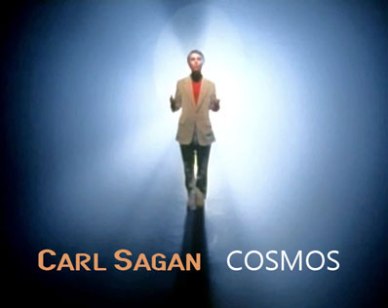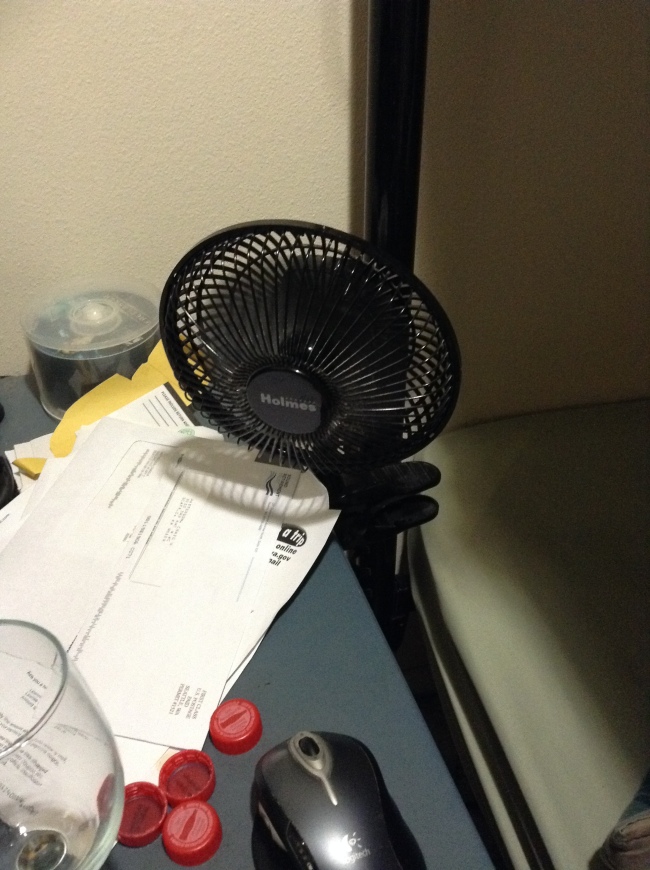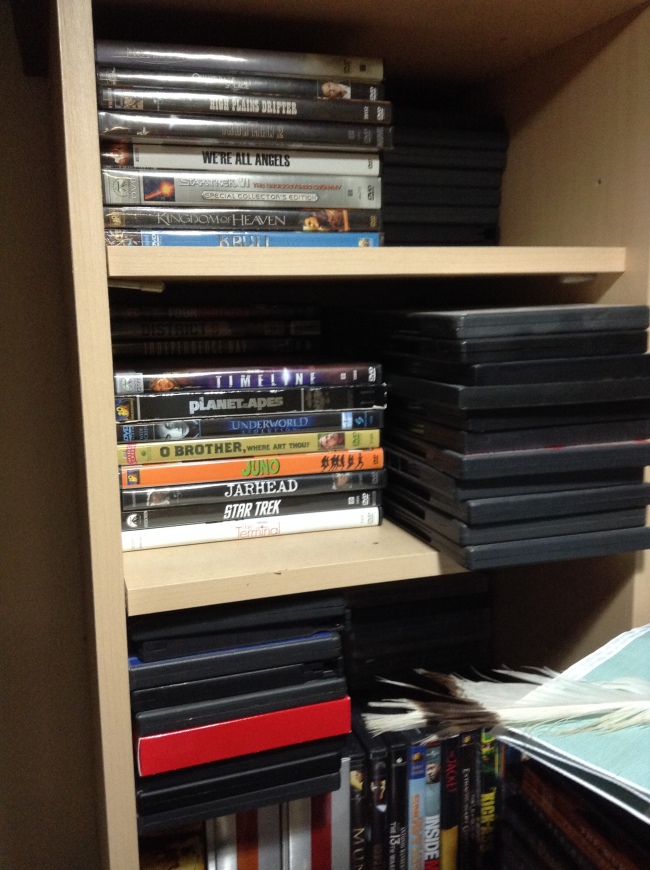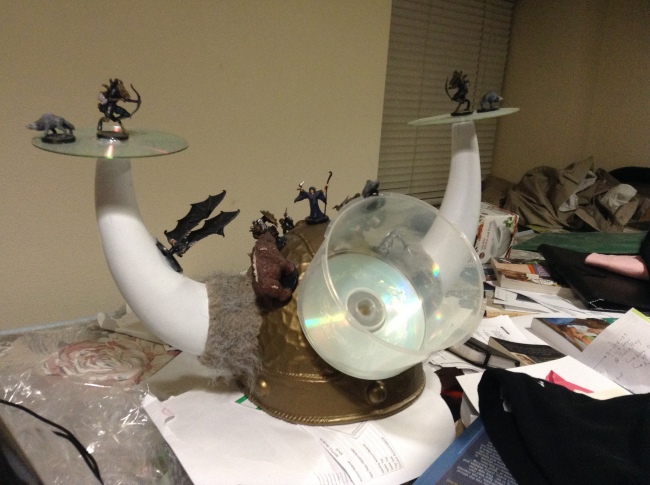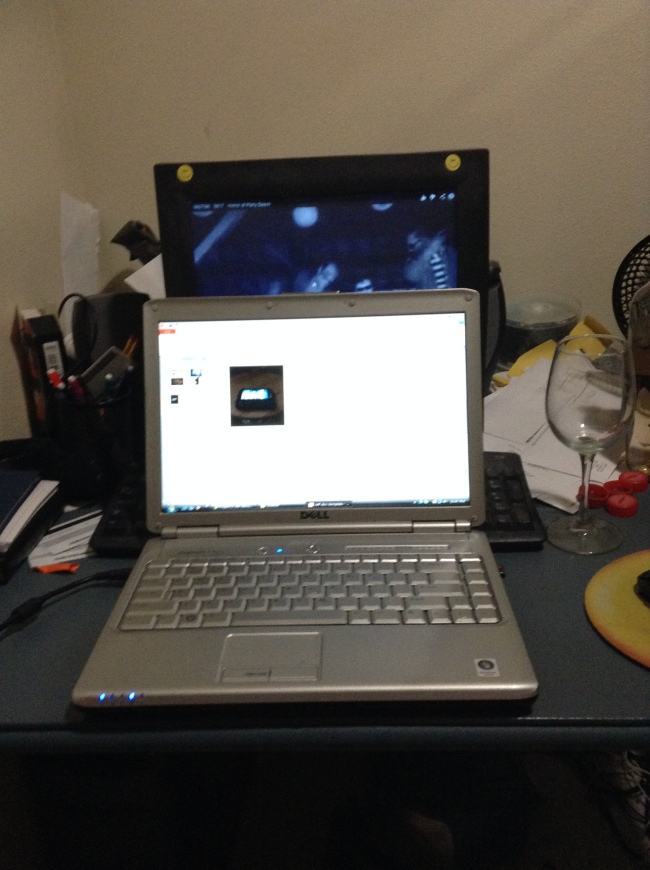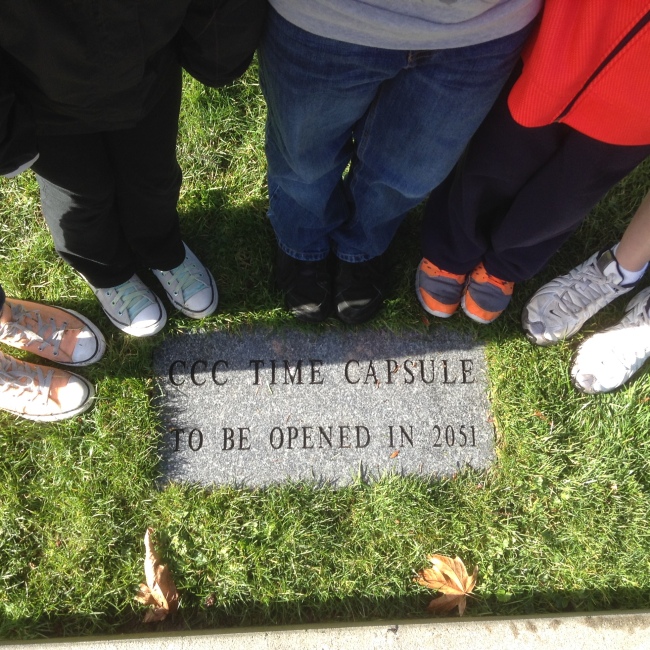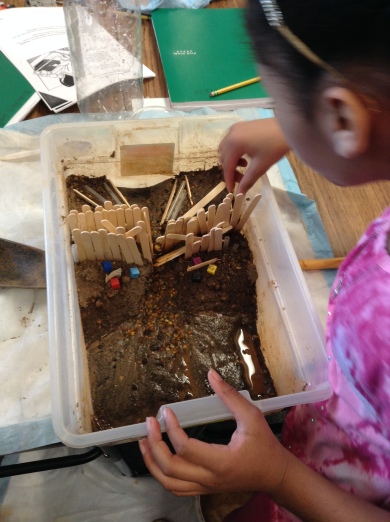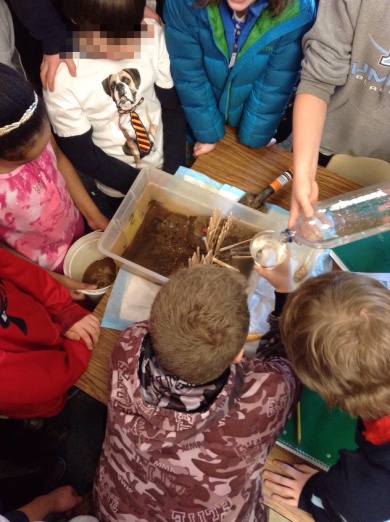Yes, I spelled my title correctly.
This quarter I continued my habit of critiquing elements of education technology, in one instance eliciting some thoughtful conversation regarding the appropriateness/usefulness of interactive white boards in classrooms. I believe that continuing to think about these tools and their use was a good step toward structuring my future classroom in a way that best serves students – including leveraging the right tools in the right way, in terms of tech. I also drew quite a few comments with my musings on the seeming fine line between professionalism and caring, and how one can look like the other in teaching, and vice versa. It’s good to get the chance to stretch my thinking on these issues, and my colleagues have given me great opportunities to do so this quarter, both in class and in the blogosphere.
I took what I think is my first ever opportunity to post actual student work in my blog, and commented on assessment; doing this in a public way, which both shows what I’m doing in my teaching and invites comment on it, is pretty new to me, and I’m just starting to get used to it. But I’m encouraged by the results so far.
My most valuable contributions to others’ blogs came in the form of my comment on a math lesson, in which I contended that number sense should be the true goal of math instruction, and my thoughts on the value of integrating the teaching of literacy skills with literacy content in this post. In both cases, what I mainly did was reference some pieces of my own (emerging) education philosophy, constructed from the theory and some of the practice we’ve been exposed to in our training so far; I think these references mainly served as reminders to focus the conversation. Hopefully they were found helpful.
Overall, it’s been a tough quarter, and I have to confess I don’t think I’ve been expending quite as much brain power on my blog as I have been on other needful things. But I do believe that my blog contributions are getting more refined and more purposeful on the whole, as well as perhaps more brave – I’ve been more willing to share everything, not just my successes but my worries as well. I see this as a positive trend that I will continue to explore.
Going forward, I’m not sure exactly what will happen to this blog. I think it will continue to be used, though it may suffer a dry spell; this quarter’s going to be busy, and after that, I have to get hired. But if I think anything especially profound, or if my students do something I think the world needs to see, I’ll put it here. Until then, happy teaching, and happy reflecting.

